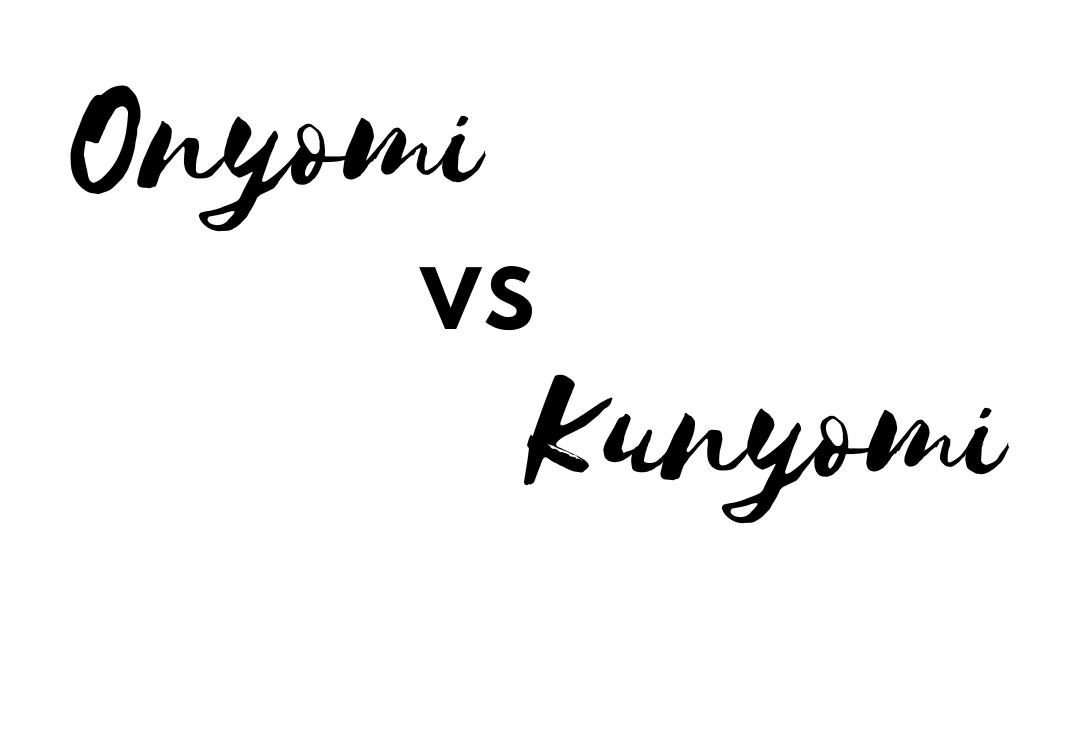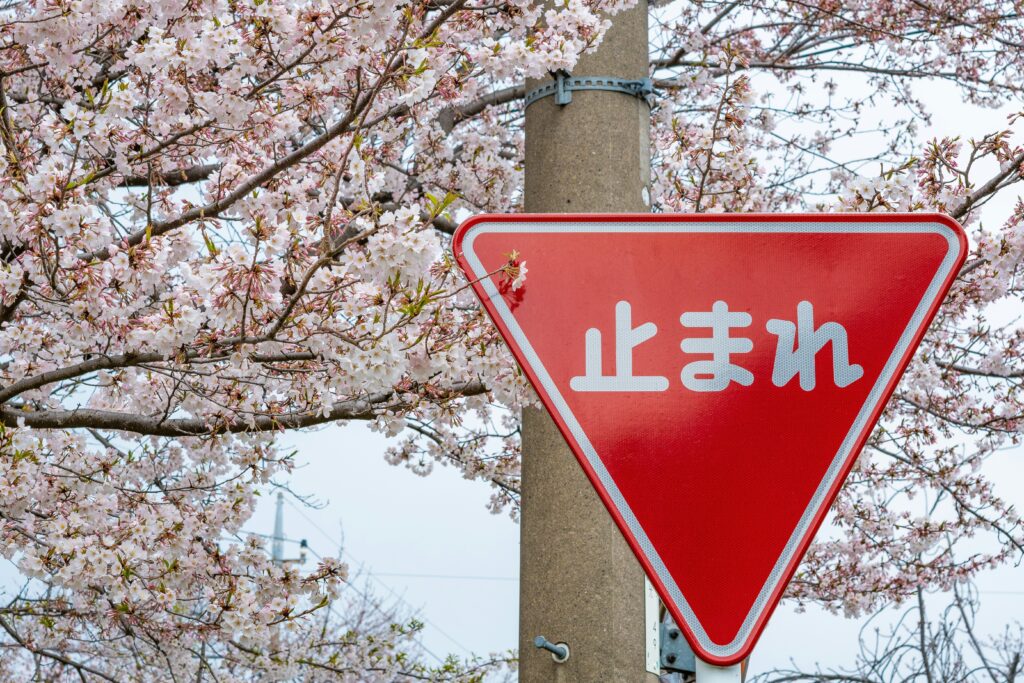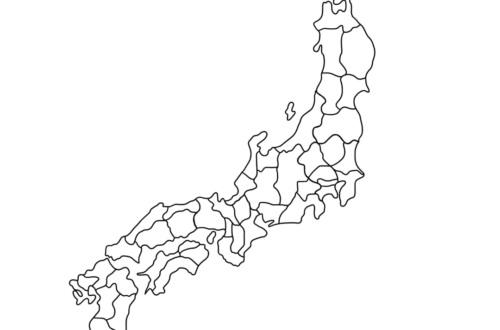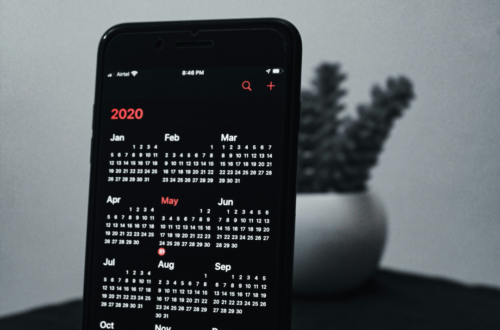When studying your kanji, you have likely been shown the ‘onyomi’ (音読み) and ‘kunyomi’ (訓読み) readings of the kanji. What are these? Why are there two types of kanji readings, isn’t kanji itself hard enough? One of the most challenging aspects of learning Japanese is mastering kanji, and it’s important to understand why there are two readings and when you should use them. Let’s explore the differences between these two types of readings, their historical origins, and when each is used.
What Are Onyomi and Kunyomi Readings?
Onyomi is often known as the “sound reading” or the “Chinese reading,” and it originated from the Chinese pronunciation of kanji characters. When Japan adopted kanji into their writing system from China around the 5th century, they also borrowed the Chinese pronunciation. Over time, these pronunciations remained and were adapted to fit into the Japanese language, resulting in the onyomi reading.
Kunyomi is usually known as the “meaning reading” or the “Japanese reading” and was developed as the Japanese began associating their native words with the meanings of the imported kanji characters. Kunyomi readings are based on the Japanese pronunciation of the word that corresponds with the meaning of the kanji.
Why are Kunyomi Written in Hiragana and Onyomi Written Using Katakana?
When looking up kanji in dictionaries or other reference books, you might notice that oftentimes the kunyomi is written in hiragrana and the onyomi is written in katakana. Since onyomi originated from the Chinese reading and pronunciation of characters, they are technically foreign readings and thus written using katakana. On the other hand, since kunyomi is based on native Japanese readings and meanings, it is usually written in hiragana.
When Do You Use Onyomi or Kunyomi Readings?
Onyomi usage:
- Jukugo words consist of two or more kanji characters (jukugo is Japanese for “compound word”) and typically use the onyomi. For example, the word 大学 (daigaku, “university”), uses the onyomi readings for both characters: 大 (dai) and 学 (gaku).
- Chinese loanwords and historical terms related to Chinese influence are commonly read using onyomi.
Kunyomi usage:
- When a single kanji is used alone as a word, or is accompanied by hiragana, it’s usually read using its kunyomi. An example is the word 山 (yama, “mountain”), which uses its kunyomi reading. (Its onyomi are サン (san) and セン (sen)).
- Words that are purely Japanese in origin usually use kunyomi readings.
- Many kanji used as suffixes or prefixes in native Japanese words will use kunyomi readings, such as in the word 手紙 (tegami, “letter”), where 手 (te, “hand”) and 紙 (kami, “paper”) are both kunyomi readings.
Pro Tip: Numbers are generally an exception, though, which means they usually use the onyomi reading.
Unfortunately for us, these rules don’t always apply and the proper reading depends on the word. There are several exceptions and irregular readings that don’t follow these general rules, and the best way to learn them is through exposure, memorization, and practice of the language.
Examples of Onyomi and Kunyomi
日 (”day”/”sun”):
- Onyomi: ニチ (nichi), as in 日本 (Nihon, “Japan”)
- Kunyomi: ひ (hi), as in 日曜日 (nichiyoubi, “Sunday”)
水 (”water”):
- Onyomi: スイ (sui), as in 水道 (suidou, “water supply”)
- Kunyomi: みず (mizu), as in 水 (mizu, “water”)
Knowing the difference between onyomi and kunyomi is very important in your Japanese learning journey. By knowing the historical origins and (somewhat) general rules for when each reading is used, you’ll be better equipped to handle kanji. Remember, practice and exposure to the language is key to mastering these readings and becoming proficient in Japanese.






